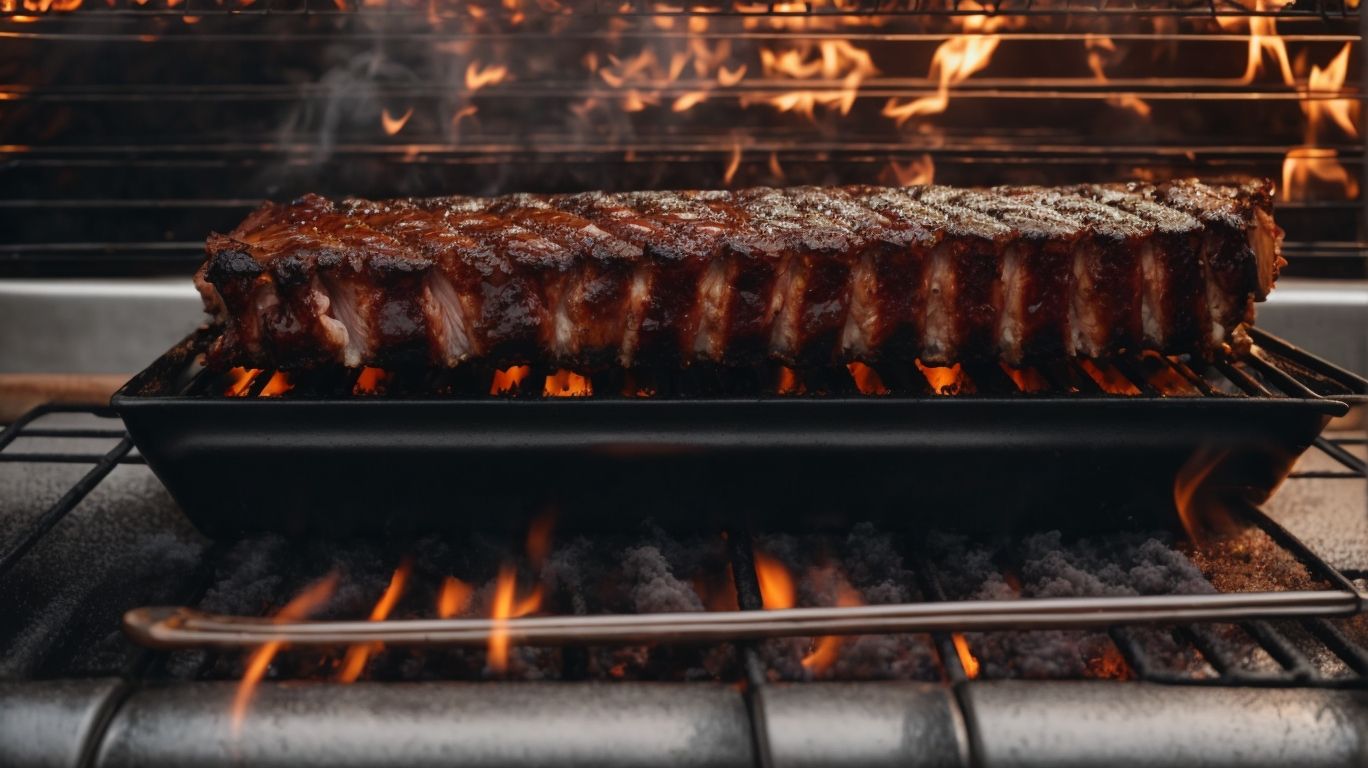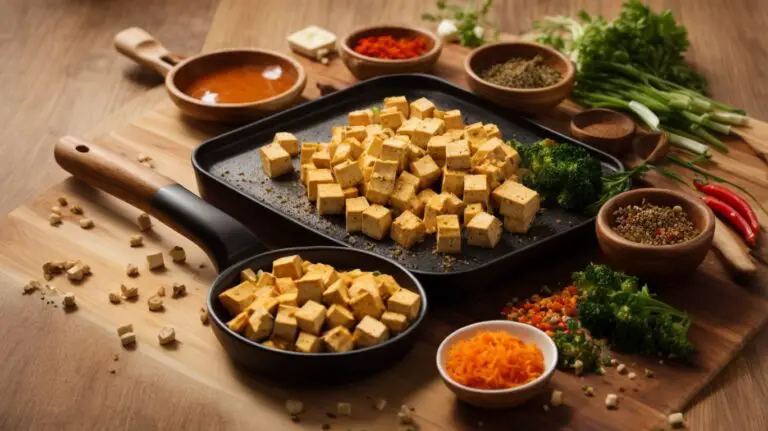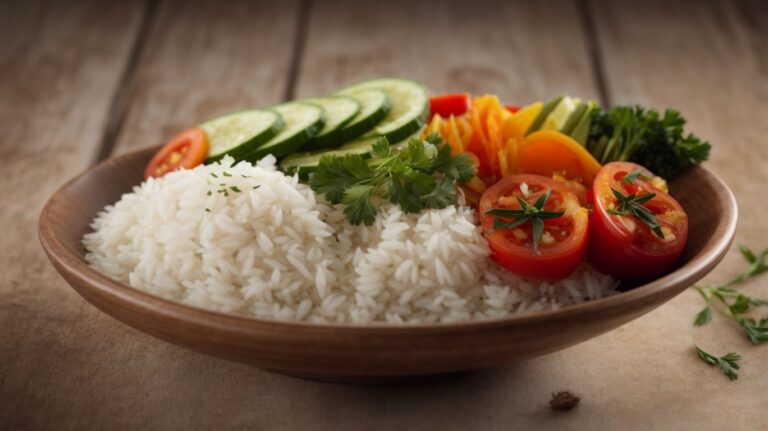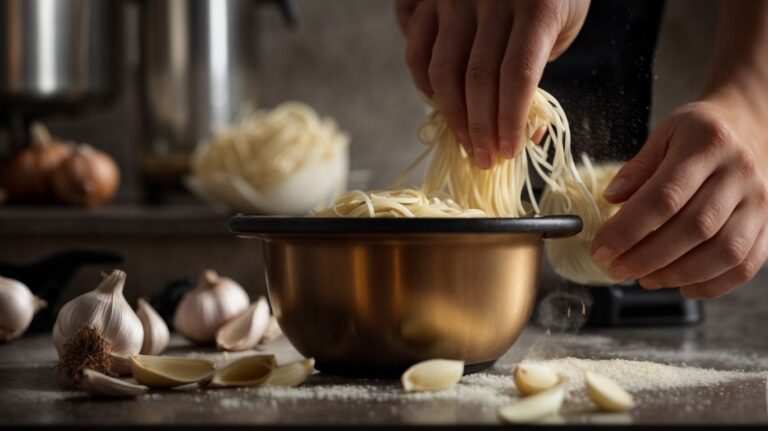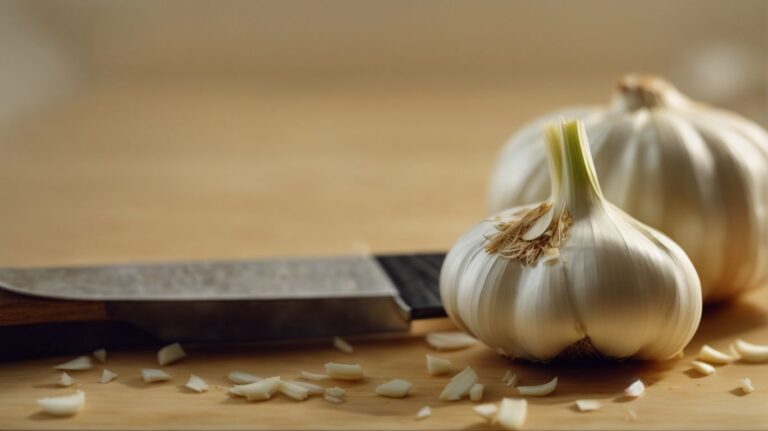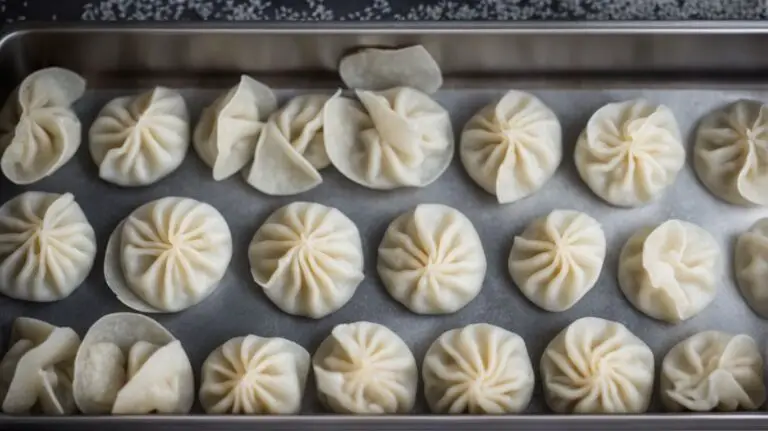How to Cook Ribs on Gas Grill Without Foil?
Looking to up your grilling game and impress your friends and family with perfectly cooked ribs?
In this article, we discuss why cooking ribs on a gas grill without foil is the way to go. It’s a healthier option and results in better texture and flavor.
We cover everything you need to prepare and grill your ribs to perfection, from trimming and seasoning to monitoring the temperature and knowing when they are done.
So, grab your ribs, gas grill, seasonings, and sauces, and let’s get grilling!
Key Takeaways:
Why Cook Ribs on a Gas Grill Without Foil?
Cooking ribs on a gas grill without foil offers a unique culinary experience that enhances the flavor and texture of the meat while allowing for optimal smoke absorption and temperature control.
This method of grilling ribs without foil truly allows the natural flavors of the meat to shine, creating a rich and intense taste profile that is hard to achieve with foil-wrapped cooking. By exposing the ribs directly to the grill, you enhance the caramelization and Maillard reaction, resulting in a beautifully charred exterior and juicy, tender interior.
The absence of foil promotes better smoke penetration, infusing the ribs with that authentic smoky essence that is a hallmark of classic barbecue. Maintaining the ideal temperature is crucial when cooking ribs, and without foil, you have more control over the heat distribution and can achieve that perfect balance of tenderness and char without risking overcooking or drying out the meat.
Healthier Option
Opting to cook ribs on a gas grill without foil can be a healthier alternative as it reduces the need for added fats or oils, encourages moisture retention, and minimizes the risk of overcooking through frequent peeking.
When you forgo the foil, the meat directly absorbs the flavorful juices and smokiness, enhancing the overall taste profile. By allowing the ribs to cook uncovered, the heat distributes evenly, ensuring a juicy and tender texture without sacrificing the delicious charred exterior.
This method also aligns with the principles of healthy cooking, as it eliminates the unnecessary calories often introduced through excess oils or fats. Not only does this approach offer a health-conscious advantage, but it also lets the natural essence of the ribs shine through, creating a mouthwatering meal that is both satisfying and nutritious.
Better Texture and Flavor
Grilling ribs without foil on a gas grill enhances the meat’s texture by creating a beautiful caramelized bark, intensifying the smoky flavor profile, and infusing the meat with rich BBQ seasonings.
When you cook ribs without foil, the meat undergoes a magical transformation. Without the barrier of foil, the ribs have the chance to develop a mouthwatering bark that locks in all the juiciness and flavors. The direct contact with the grill grates allows the meat to caramelize perfectly, giving it a tantalizing appearance and a depth of flavor that will truly impress your taste buds. The process of cooking without foil enables the BBQ seasonings to penetrate the meat thoroughly, resulting in a symphony of savory tastes with every bite.
What You’ll Need for Cooking Ribs on a Gas Grill Without Foil
To prepare ribs on a gas grill without foil, essential items include high-quality ribs, a reliable gas grill, flavorful seasonings, a meat thermometer for precision cooking, injections for added moisture, and wood chunks for smoke infusion.
High-quality ribs serve as the foundation of a delicious rib feast. Look for meat with good marbling, ensuring tenderness and flavor. Quality seasoning blends such as a special dry rub or a tangy BBQ sauce can elevate the taste profile. Using a meat thermometer to monitor the internal temperature is crucial, ensuring perfectly cooked ribs. Moisture injections help prevent drying out during the grilling process, keeping the meat succulent. Incorporating wood chunks, like hickory or applewood, adds depth and complexity to the flavor profile, providing that signature smoky taste.
Ribs
Selecting the right type of ribs, whether it’s brisket, spare ribs, or baby back ribs, plays a crucial role in achieving a successful and flavorful grilling experience without foil.
Each type of rib has its own unique characteristics that influence the overall cooking process. For instance, brisket ribs, known for their rich flavor, require low and slow cooking to break down the tough connective tissue. On the other hand, spare ribs offer a balance of meat and fat, making them a popular choice for grilling. Baby back ribs, smaller and leaner, cook faster and are ideal for those seeking a more tender texture.
Gas Grill
A well-maintained gas grill with proper ventilation, indirect heat setup, and a clean grate is essential for grilling ribs without foil to ensure even cooking, smoke circulation, and optimal flavor infusion.
Proper ventilation in a gas grill is crucial as it allows for the regulation of heat and smoke, preventing flare-ups and ensuring efficient combustion. When grilling ribs, achieving indirect heat placement is key to slow cooking, tenderizing the meat, and avoiding scorching. A clean grate plays a significant role in preventing sticking, maintaining grill marks, and promoting consistent heat distribution for the ribs. By maintaining these factors, you can enjoy perfectly cooked, flavorful ribs without the need for foil, elevating your grilling experience.
Seasonings and Sauces
Choosing the right seasonings and BBQ sauces for your ribs can elevate the flavor profile, enhance the appearance with a beautiful caramelized bark, and contribute to a memorable dining experience.
Regarding grilling ribs without foil, the selection of seasonings and BBQ sauces plays a crucial role in infusing a variety of flavors into the meat. Experimenting with different spice blends, rubs, or marinades can create a symphony of tastes that tantalize your taste buds. The right combination of seasonings not only enhances the natural taste of the ribs but also helps in creating a delectable crust, known as the bark, that adds texture and depth to each bite.
Plus flavor, the choice of BBQ sauce can bring a balance of sweetness, tanginess, or heat, complementing the smoky essence from the grill. The sauces not only add moisture but also contribute to the visual appeal of the meat, leaving a luscious glaze that tempts the eyes before the first bite. A well-paired BBQ sauce can take your ribs from good to exceptional, making the dining experience truly unforgettable.
Meat Thermometer
Utilizing a reliable meat thermometer to monitor the internal temperature of the ribs in the gas grill’s dome, especially when using indirect heat, ensures precise cooking and prevents overcooking or undercooking.
When grilling ribs without foil on a gas grill, maintaining the right temperature is crucial for achieving that perfect balance of tenderness and juiciness. The meat thermometer acts as your trusted companion, allowing you to have full control over the cooking process. By accurately gauging the meat’s internal temperature, you can avoid the common pitfalls of tough, dry ribs caused by overcooking or unsafe undercooking.
With indirect heat setups, where the ribs cook more slowly and evenly, the role of the thermometer becomes even more significant. You can ensure that each rib is cooked to the precise temperature required for that delectable, fall-off-the-bone texture.
Preparing the Ribs for Grilling
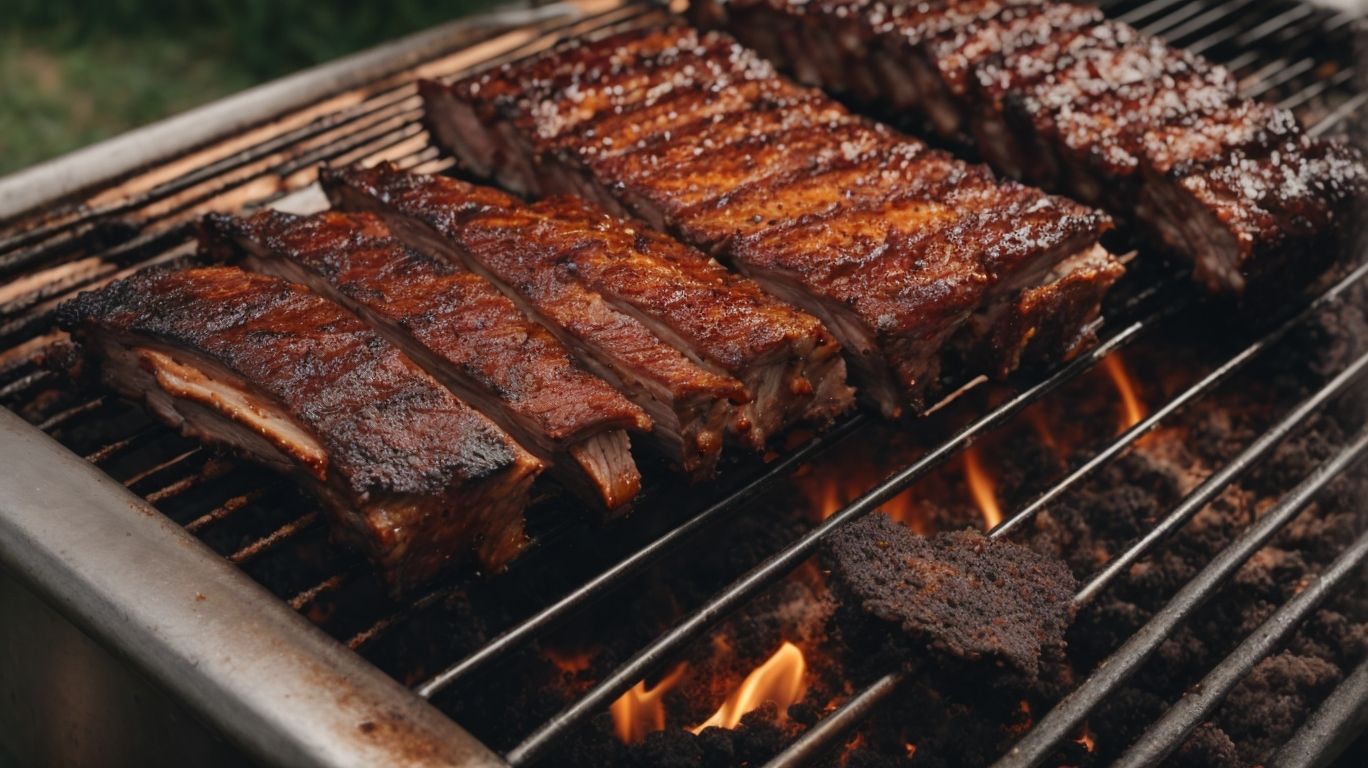
Credits: Poormet.Com – Timothy Taylor
Before grilling, preparing the ribs involves trimming excess fat, applying flavorful seasonings, injecting moisture for enhanced tenderness, and allowing time for smoke absorption to enrich the meat’s flavor profile.
When trimming the ribs, it’s crucial to remove any tough membrane on the bone side, ensuring that the seasonings and flavors can penetrate the meat effortlessly.
- For seasoning, you can use a dry rub, marinade, or a combination of both to create layers of flavor. Patting the ribs dry before applying the seasoning helps it adhere better.
- Injecting a solution of broth, spices, or citrus adds moisture and flavor throughout, resulting in succulent meat once cooked.
- Before grilling, letting the ribs sit in the refrigerator for a few hours or overnight aids in flavor absorption and tenderization.
Trimming the Ribs
Trimming the excess fat from the ribs, particularly brisket cuts, helps promote better smoke absorption, bark formation, and seasoning penetration for a more flavorful and visually appealing finished dish.
When excess fat is left on the ribs, it can create a barrier that hinders the penetration of smoke and seasoning into the meat. By meticulously trimming off the excess fat, you allow the smoke to fully envelop the meat, infusing it with that rich, smoky flavor we all love. Proper trimming enhances the development of the bark, that delicious crust that forms on the outside of the meat during cooking.
Seasoning the Ribs
Seasoning the ribs generously with your favorite rubs, marinades, or injections adds depth of flavor, moisture, and enhances the overall taste profile during the grilling process.
The art of seasoning ribs before grilling is a crucial step that can truly elevate your BBQ game. When you apply a carefully crafted rub, it forms a flavorful crust on the outside, creating a beautiful contrast with the tender meat inside. Marinades, on the other hand, penetrate the meat, infusing it with delicious flavors that intensify during cooking. And let’s not forget about injections – they can boost both moisture retention and flavor, ensuring your ribs turn out juicy and delicious.
As you prepare your ribs, temperature control becomes key. Managing the heat during the cooking process is essential to achieving that perfect balance between a crispy exterior and a moist interior. This is where the right combination of seasoning and temperature management truly shines, allowing you to create a harmonious blend of textures and flavors.
Regarding adding a hint of smoky flavor to your ribs, using wood chunks in your grill can work wonders. The type of wood you choose, whether it’s hickory, applewood, or mesquite, can profoundly influence the final taste of your ribs. Pairing the right wood with your seasoning enhances the overall flavor profile, creating a symphony of taste that will have your guests coming back for more.
Setting up the Gas Grill for Cooking
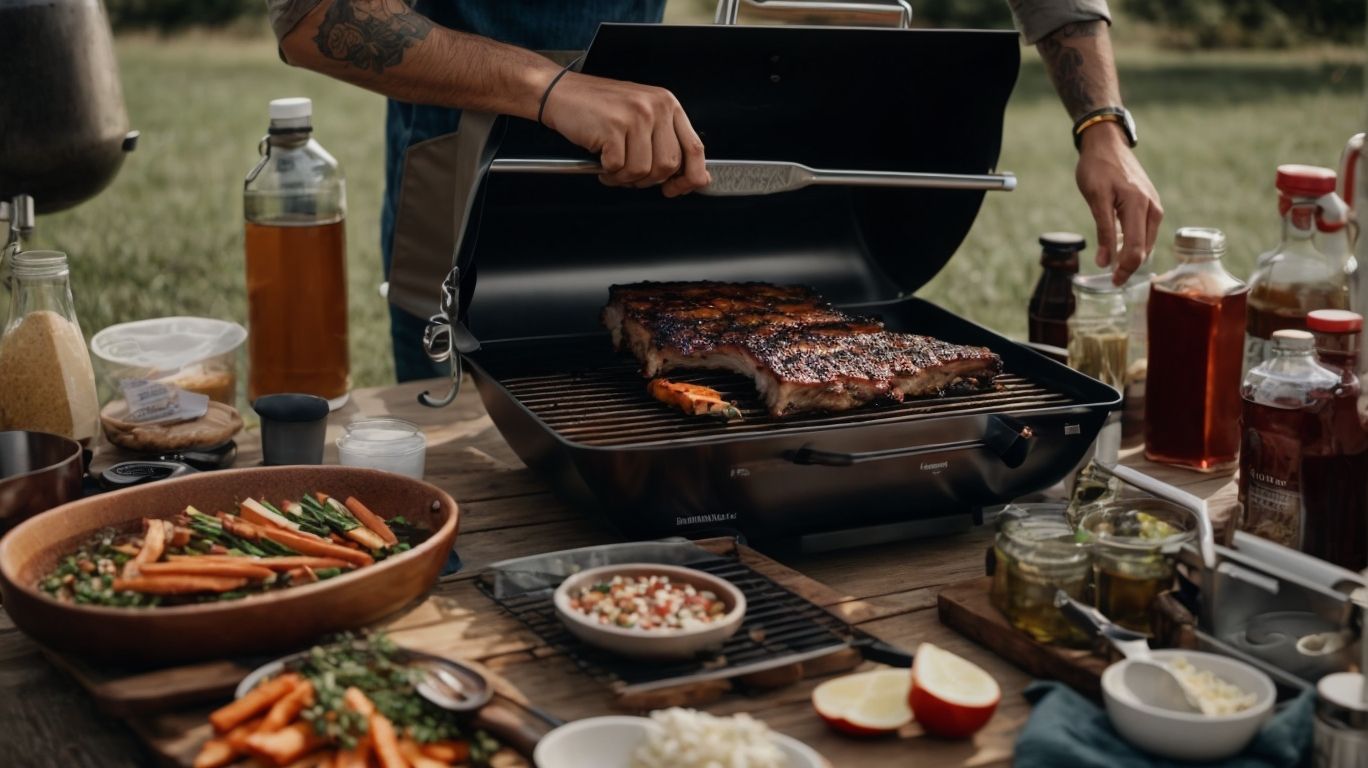
Credits: Poormet.Com – John Walker
Properly setting up your gas grill for cooking ribs without foil involves creating an indirect heat zone, ensuring adequate ventilation, and using charcoal briquettes for consistent heat distribution and smoke generation.
When preparing your gas grill for rib grilling, remember that indirect heat is key to avoiding overly charred or dry meat. To achieve this, ignite one side of the grill while leaving the other side unlit, creating two distinct cooking zones. By strategically placing your ribs over the unlit section, you allow for slower, more even cooking without direct flames. Managing the grill’s vents is essential to control airflow and maintain the desired cooking temperature. Charcoal briquettes not only provide consistent heat but also add a distinctive smoky flavor to your ribs, enhancing their overall taste and aroma.
Grilling the Ribs Without Foil
Grilling ribs without foil on a gas grill allows for a more authentic BBQ experience, ensuring the meat retains its natural juices, absorbs smoky flavors, and develops a mouthwatering caramelized bark.
When grilling ribs without foil, the natural juices of the meat are not trapped, leading to enhanced tenderness and juiciness. By being exposed directly to the grill grates, the ribs benefit from the full impact of the smoke, resulting in a rich, smoky flavor that permeates every bite.
Without the foil barrier, the caramelized bark on the ribs becomes more pronounced, adding a delightful contrast of textures that BBQ enthusiasts crave. Techniques such as adjusting the grill temperature, placing the ribs on the correct part of the grate for consistent cooking, and utilizing moisture-retaining methods further elevate the flavor profile and texture of the grilled ribs.
Preheating the Grill
Preheating the gas grill to the ideal temperature range before placing the ribs on the grate ensures consistent cooking, proper heat distribution, and smoke circulation for a flavorful BBQ experience.
When preparing to cook ribs on a gas grill without foil, setting the grill at the right temperature is crucial. This method allows for the ribs to cook evenly and retain their moisture, resulting in juicy, tender meat. By preheating, you create the perfect environment for the ribs to absorb the smoky flavors without the risk of burning or drying out. The control over the heat source helps in achieving that coveted smoky taste while also ensuring that the meat is cooked through to perfection on all sides.
Placing the Ribs on the Grill
Carefully placing the seasoned ribs on the preheated grill grate with a focus on smoke exposure, injection sites facing up, and ensuring even heat distribution sets the foundation for a delicious BBQ outcome.
Smoke exposure is crucial in infusing that authentic smoky flavor into your ribs. From hickory to mesquite, each wood chip imparts a unique taste profile.
Positioning the ribs strategically on the grill helps in achieving those coveted grill marks and ensures even cooking. Make sure to leave enough space between each rib for proper air circulation.
Proper heat distribution is key to avoid any burnt spots or undercooked areas. Adjust the burners or coals to maintain a consistent temperature throughout the grilling process.
Monitoring the Temperature
Regularly monitoring the internal temperature of the ribs using a meat thermometer during the grilling process helps ensure even cooking, optimal tenderness, and the prevention of overcooking for juicy, flavorful results.
Regarding grilling ribs without foil, achieving perfection is all about precision and control. The meat thermometer is your best friend here, acting as your guide through the grilling journey. By utilizing this tool, you get to maintain that delicate balance between cooking the meat thoroughly and preserving its succulent goodness. Consistency is key, and a meat thermometer ensures you hit that sweet spot each time, leading to a mouthwatering experience with perfectly cooked ribs.
Basting the Ribs with Sauce
Applying layers of your favorite BBQ sauce to the ribs during the grilling process enhances the sweetness, smokiness, and overall flavor profile, while contributing to the development of a desirable bark.
When you baste the ribs with BBQ sauce without foil, the flavors intensify as the sauce caramelizes over the meat, creating a mouthwatering glaze. The act of basting not only adds depth to the taste but also aids in locking in moisture, ensuring the ribs remain juicy and tender. As the sauce seeps into the meat, it acts as a carrier for your preferred seasonings, enhancing each bite with a burst of savory goodness.
How to Tell When the Ribs are Done
Determining the readiness of ribs on the grill involves observing key indicators like internal temperature, smoke ring development, color changes, and the tenderness of the meat for a perfectly cooked BBQ delicacy.
One essential aspect to look for when grilling ribs without foil is the reliable color changes. As the ribs cook, they transform from a raw pink hue to a caramelized brown color, indicating that Maillard reactions have taken place, enhancing the flavor. Plus color, the formation of a prominent smoke ring around the edges of the meat serves as a visual cue of authentic smoke absorption, adding a distinct BBQ flavor to the ribs. When gently probing the ribs with a fork, the tenderness should be just right, offering a balance between firmness and juiciness, ensuring a delightful eating experience.
Serving and Enjoying Your Perfectly Grilled Ribs
Presenting and savoring the deliciously grilled ribs involves showcasing their visual appeal, savoring the rich flavors, and relishing the tender, well-seasoned meat for a gratifying dining experience.
One of the key steps in serving perfectly grilled ribs is to ensure they are cooked to juicy perfection— with just the right amount of char on the outside. This not only enhances the flavor but also adds a delightful crunch to each bite. As you dive into the ribs, the interplay of spices and seasonings should be savored, allowing each bite to reveal a symphony of tastes. Appreciating the meat’s tenderness is crucial; it should practically melt in your mouth, leaving you craving for the next succulent bite.
Frequently Asked Questions
1. How to Cook Ribs on Gas Grill Without Foil?
To cook ribs on a gas grill without foil, start by preheating your grill to medium heat. Then, place the ribs directly on the grill grates and let them cook for about 5-7 minutes on each side, or until they are slightly charred. Finally, move the ribs to a cooler part of the grill and let them cook for an additional 20-30 minutes, until they reach an internal temperature of 145°F.
2. Can I still get tender and juicy ribs without using foil on the gas grill?
Absolutely! Cooking ribs on a gas grill without foil can still result in tender and juicy meat. The key is to cook them low and slow, and to make sure to baste them with a flavorful sauce or marinade throughout the cooking process.
3. What are some tips for ensuring my ribs don’t dry out on the gas grill?
To prevent your ribs from drying out on the gas grill, make sure to keep an eye on the temperature and adjust the heat as needed. You can also try using a water pan to add moisture and humidity to the cooking environment.
4. Do I need to marinate my ribs before cooking them on the gas grill?
While marinating your ribs can add additional flavor, it is not necessary for cooking them on the gas grill without foil. However, you can still brush them with your favorite marinade or sauce while they are cooking to infuse extra flavor.
5. How can I achieve a smoky flavor when cooking ribs on a gas grill without foil?
If you want to add a smoky flavor to your ribs, you can try using wood chips or chunks on your gas grill. Soak the wood in water for at least 30 minutes before placing them on the grill, and place them close to the heat source to create smoke.
6. What is the best way to know when my ribs are done cooking on the gas grill?
The best way to ensure your ribs are fully cooked on the gas grill is to use a meat thermometer. Stick the probe into the thickest part of the meat and make sure it reads 145°F. You can also use the “bend test” – when the meat starts to pull away from the bone, it is usually a sign that it is done.

